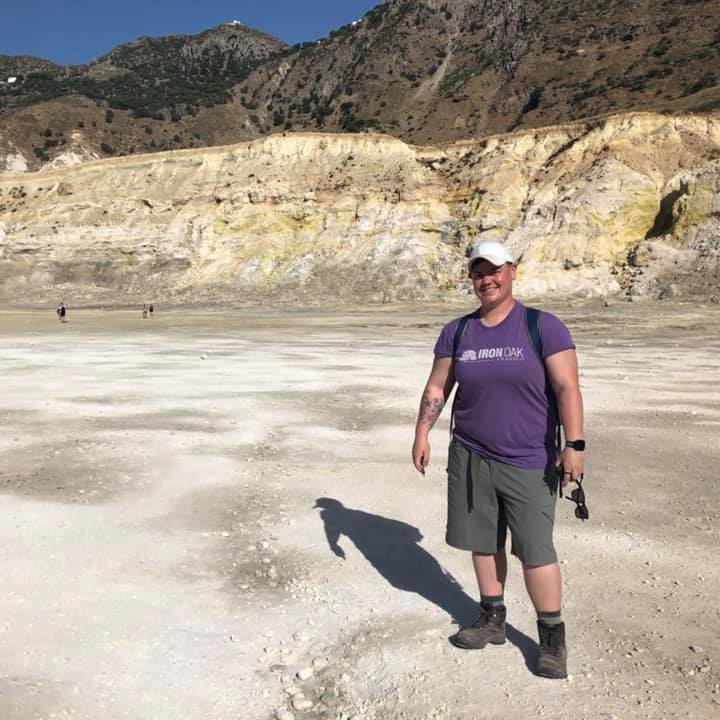Understanding the Ice Shells of Ganymede and Callisto through Their Impact Crater Records - Livestream

Both Ganymede and Callisto, Jupiter’s two largest moons, host numerous impact craters and basins on their ice shells. Although it is not yet possible to directly probe them, the wide ranges of impact crater sizes provide a possible avenue through which we can begin to understand the internal structures of these ice shells surrounding these moons. Here I will present findings from iSALE models looking at the development of complex craters and multiring basins and the implications for rheologic structure within Ganymede and Callisto’s ice shells. Icy complex craters show an inflection point in their depth-diameter measurements, which we show to be due to a transition from colder, conductive ice at the surface to warmer, convective ice in the subsurface. The depth of this transition indicates that the upper conductive portion of the ice shell has a conductive thermal gradient of approximately 10 K/km. We also set out to test if the onset of multiring basin morphologies are sensitive to the total thickness of the ice shell. Preliminary results show that thinner ice shells and higher thermal conditions - both conductive thermal gradient and convective ice temperature - facilitate multiring basin formation.
Speaker: Evan Bjonnes, Brown University
Zoom information can be found on the EPS advising Google calendar
Friday, 04/23/21
Contact:
Website: Click to VisitCost:
FreeSave this Event:
iCalendarGoogle Calendar
Yahoo! Calendar
Windows Live Calendar
